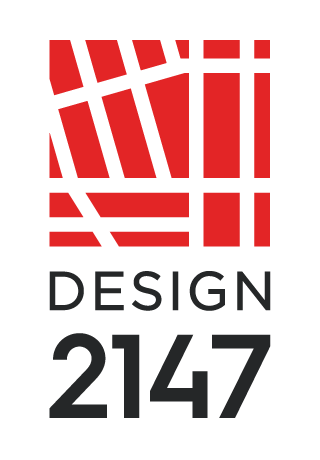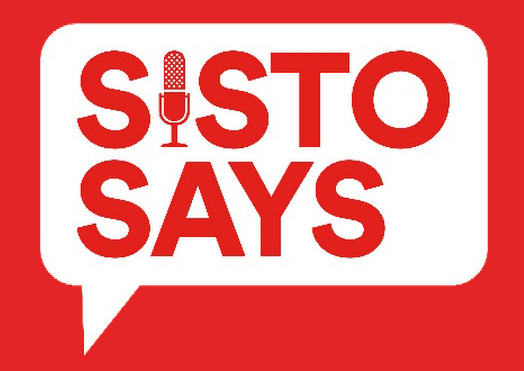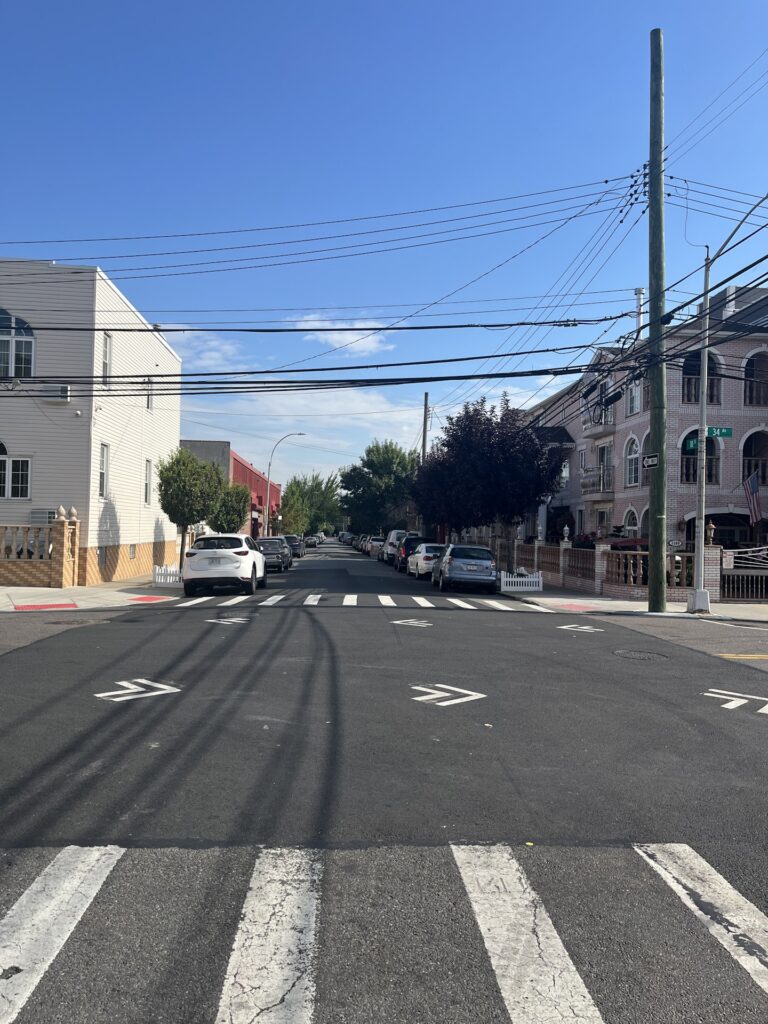Street widening areas may not be the first thing you think of when developing a site, but they can significantly impact the footprint of your project. Here’s what you need to know about street widening areas, Street Lines, and what they mean for development.
What is a street widening area?
A street widening area is any portion of a mapped street that:
- Is privately owned at the time of application for a permit for a new building or enlargement, and
- Has an encumbrance from the New York City Department of Transportation (DOT).
Street widening areas are often identified on the tax maps as a street widening line.
The “Street Line” is the line that separates a mapped street from other land. This may be a widening line.
How does a street widening line impact development on a property?
The New York City Department of Buildings (DOB) Buildings Bulletin 2014-001 clarifies when privately owned mapped streets (including street widening areas) can be used for zoning purposes.
Rules and applicability vary based on whether the property within the street widening area is improved or unimproved. “Improved” refers to an existing built portion of the privately owned mapped street that is paved roadway, excluding any curbs and sidewalks. “Unimproved” is anything that is not “improved.”
Applicability also depends on whether a development zoning lot is a single tax lot or consists of multiple tax lots, as defined in Zoning Resolution Section 12-10 (“zoning lot”).
For most situations, the street widening lot area is included for all zoning purposes, including, but not limited to, lot area, lot width, lot depth, floor area, lot coverage, density and open space.
As a rule, for a single tax lot and zoning lot, the front yard, setbacks, or any required open areas, fronting on the street, including courts, must be measured from the Street Line and not include the street widening area.
There are certain exceptions that allow for the setbacks and yards to be measured from the tax lot line instead of the street line, including:
- The street widening area is unimproved at the time of application.
- A waiver of all improvements has been received from DOT, stating that the widening is not required to be Improved for any reason.
- A letter has been submitted from DOT confirming that such Privately Owned Mapped Street is not part of a City Capital Improvement plan. The letter must be dated no earlier than thirty days prior to the filing of an application for development or enlargement.
- If the widening area is improved, any remaining unimproved area receives a waiver of curb alignment from DOT.
- The Board of Standards and Appeals (BSA) has granted approval to build in the bed of the mapped street pursuant to GCL §35 and granted a waiver pursuant to ZR §72-01(g) (the measurement of a front yard, setback or open area shall be as provided by BSA).
For a zoning lot with multiple tax lots, per the definitions in ZR 12-10, all lots must be located within a block, which does not include a “street”. In this case, a street widening area can only be included in the zoning calculations of the zoning lot when:
- BSA grants approval to build in a mapped street pursuant to GCL §35 as though the street were not there, or
- The mapped street is unimproved at the time of application for a permit, and it is not required to be improved to satisfy the access requirements of GCL §36.
The street widening area of the zoning lot may not be used to satisfy required parking; however, permitted parking is allowed.
Navigating issues relating to street widening areas can be time-consuming and confusing. We can help.


